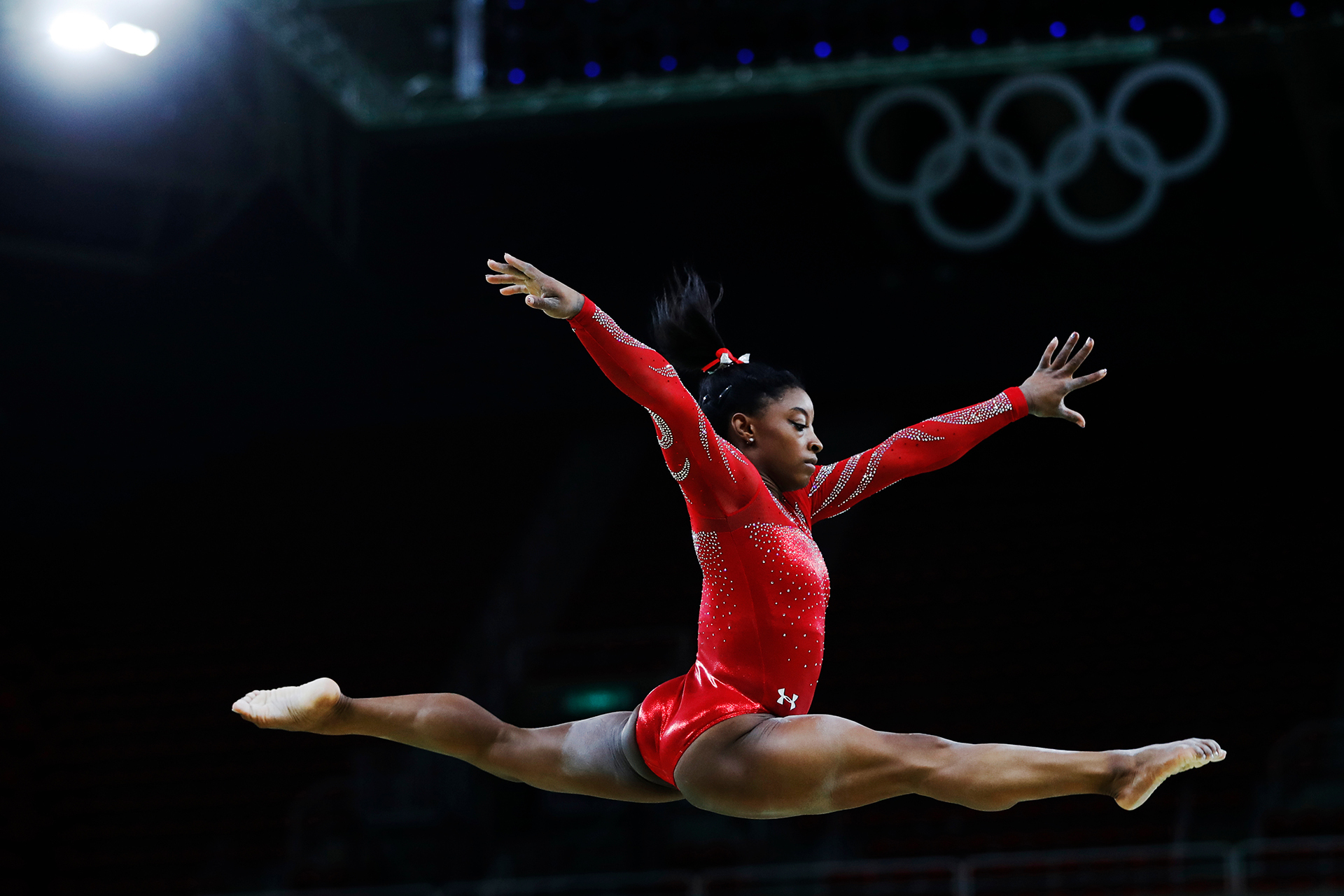
How the Public Views Our Olympic Athletes
Most stories stemming from the Olympics share the impossible-sounding feats performed by the best athletes from countries around the world, and the most iconic are ones where said athletes push through pain, tragedy, and mental blockades.
Kerri Strug, a retired American gymnast from Arizona, once part of the 1996 Olympic team dubbed the ‘Magnificent Seven’, won gold for Team USA after completing her vault routine with an injured ankle. Thanks to her, the country won the team competition for the first time ever.
Michael Phelps remains one of the most decorated Olympians ever, and has his sport to thank for making him a household name. He’s earned 23 gold medals, 3 silver, and 2 bronze for a whopping total of 28. He is the face of the sport, and his accomplishments are the drive for many who are striving to be the next Phelps.
What many don’t know is Phelps struggled to find his own identity after retiring from the sport in 2016. In his HBO Sports documentary, “The Weight of Gold,” he says, “Yeah, I won a s–t ton of medals. I had a great career. So what? I thought of myself as just a swimmer. Not a human being.”
Remember Strug? She was a teenager during the ‘96 Olympics, where she injured her ankle on her first vault attempt. It was thought that her next attempt was the difference of gold or silver for Team USA. The weight of the country was on her shoulders, or so she thought.
“Do we need this?” she had asked her coach, desperate to find an alternative that didn’t mean landing hard on her injured foot. She was given no way out and had to be carried off the mat after her second attempt—where she stuck the landing.
It was because of that final vault that won her country gold that she left the Olympic Games a hero, but she was soon forced to retire after struggling to keep up thanks to her injured foot.
Glamour Magazine collaborated with Elite-level gymnasts prior to their participation in the Olympic Prelims of June 2021 for a documentary called, “Defying Gravity: The Untold Story of Women’s Gymnastics” where they reveal that Strug never needed to compete in that final vault. Team USA had already won the gold. Her sacrifice was for naught.
These are the stories that people take away from the Olympics. We cheer for the medal ceremonies and shed tears for the sob stories, but it’s the sacrifices that stick with us, for better or for worse. These sacrifices of self, of health, of mental toughness have been viewed as strength.
Strug and Phelps rocked the boat by speaking out about their mental health post-Olympics, but then Simone Biles appeared, and she’s set on capsizing it.
The Greatest of All Time
Simone Biles is an American gymnast from Texas who got an early start in the sport, beginning when she was around six years old. With a combined total of 32 Olympic and World Championship medals under her belt, Biles is tied with only one other person as the most decorated gymnast of all time. She has four skills named after her, a feat that only occurs if the gymnast performs it at a major international competition, like the Olympics. With her capabilities she is, quite literally, considered to be the greatest athlete of all time.
She was a no-brainer for Team USA, and her scores blew her fellow competitors out of the water at the June Preliminaries. With Biles on the team, America could rest easy knowing no other country had the talent to compete for gold.
Then Tokyo happened, and Biles messed up on vault, which is one of her personal favorites.
Announcers were unable to hide their shock, the crowd emitted worried gasps, and her teammates tried to look away.
She unexpectedly withdrew from the women’s team finals following the vault event, citing mental health concerns as well as fear for her safety should she continue on. Biles admitted that she had lost sense of where she was in the air after launching herself from the vault, which is a major deal in a sport where landing on your feet means everything.
The world watched on, scouring social media while waiting for Biles herself to comment on what had happened. As many speculated that she was embarrassed by her blunder and came to their own conclusions that she was selfish not to continue, many more stepped forward to rally around their Olympic hero.
She eventually did release a statement, tweeting, “the outpouring of love & support I’ve received has made me realize I’m more than my accomplishments and gymnastics which I never truly believed before [white heart emoji].”
Biles returned to the floor days later, after finding refuge in a private Japanese gym to prepare for her Olympic comeback, for the beam event where she earned a bronze medal to add to her repertoire.
What This Means Moving Forward
Hours after being awarded her seventh Olympic medal, Simone Biles said that her biggest takeaway from the 2020 Olympics was to “put your mental health first.” Often this is an epiphany that doesn’t befall athletes until long after they’ve stepped away from the spotlight, their sport, the Games as a whole.
But with Biles still in the running and rumored to be preparing for the 2024 Olympics, with this movement encouraging others to speak up about their own mental health, it’s possible we’ll see less Phelps’ and Strugs’– people who lose themselves in the sport with no resources to fall back on.
We’ll see athletes at their physical best, wowing audiences and inspiring future generations who watch on from their television screens.
We’ll see them with broad smiles as they stand on podiums, cross finish lines, prepare for their dives.
We’ll see less of our heroes crashing and burning, and watch as their names trailblaze the path for those who will come after them.
For more reasons than just what she can do in the air, Biles continues to show she is, in fact, one of the greatest of all time.


No comment yet, add your voice below!